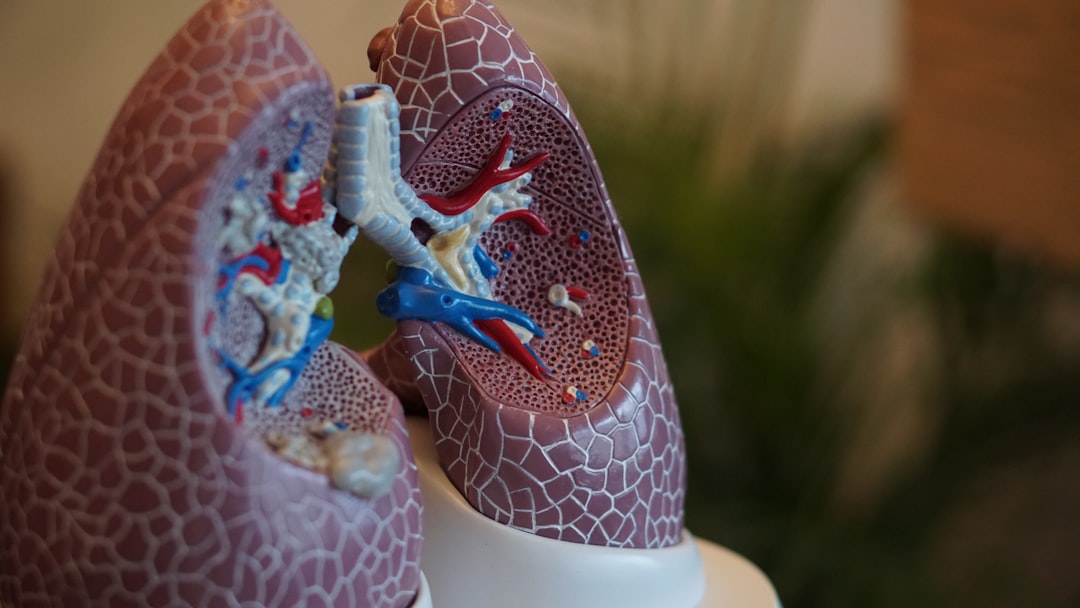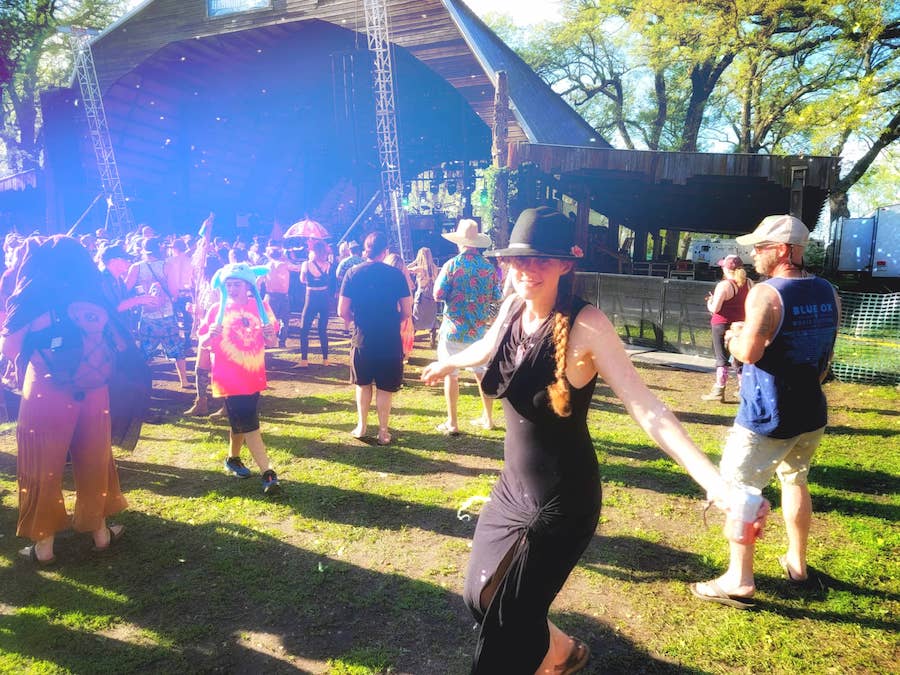Want a Pain-Free Body? Eliminate These 5 Triggering Habits

Photo by Žygimantas Dukauskas on Unsplash
Originally published in Change Your Mind Change Your Life
- Babying your pain
When you break your leg, avoiding certain movements is necessary…
You can’t put weight on it, meaning you’ll need crutches to get around. Without the ability to walk normally, most other physical activity is off the table for the weeks or months your doctor tells you it’ll take to heal. It’s a slow, painful process, but it’s necessary to heal this particular kind of acute injury.
Chronic pain is a different story.
Chronic pain is aches and pains that have persisted for more than three months, sometimes with an insidious or unknown cause, other times from an injury that hasn’t healed the way it was supposed to heal.
When you avoid certain movements, behaviors, or activities due to the fear of exacerbating chronic pain, it can actually make it worse.
For 25 years, back and neck pain have been the leading cause of the disability burden for wealthy nations. Nearly 4 million adults in the US between ages 18 and 64 report having difficulties with work due to back pain, including their ability to remain employed.
With chronic musculoskeletal pain, avoidance behavior is a common behavioral characteristic and a crucial component that leads to pain-related disability, fueled mostly by fear and catastrophic belief systems about their pain.
Here’s the thing with pain. If you believe it’s going to slow you down, it will. If you believe you can push through it, you’re also right. Pain is a sign our bodies are trying to tell us something, not a symptom.
Movement is crucial to keeping our bodies feeling good and staying healthy, and sometimes that pain comes as a sign that we’re not moving enough. Movement doesn’t have to be an elaborate gym routine that has you sweating buckets, it can be as simple as going on a walk or easy stretches.
Although a more commonplace problem is pain due to lack of movement, be careful here as the opposite can also be true. If you had an injury, say a sprained ankle, and you return to physical activity before it is fully healed, too much activity can hinder the healing process, leading to more pain and more residual issues from the injury down the road.
- Being sedentary
Running may cause knee soreness in some people, but that’s nothing compared to the aches, pains, and stiffness that can come from not moving at all.
Many people these days work at computers, staying in one position for much of the day. They head home, crash on the couch, pop on Netflix, and hang out till bedtime. It’s antithetical to an even remotely healthy lifestyle.
Inactivity not only weakens muscles and contributes to unhealthy weight gain, but it can also worsen chronic pain. Even a little bit of physical activity intertwined with your day can reduce inflammation, increase mobility, and decrease pain.
When we don’t move, we can develop something called disuse syndrome, meaning if we don’t use our bodies, they will begin to deteriorate. Muscular atrophy is when your muscles shrink and harden from lack of use. Disuse syndrome also contributes to skeletal degeneration, and deterioration of the cardiovascular, endocrine, and nervous systems.
If you think you are a little achy now, you don’t want to know what living in a deteriorated body feels like.
- Not hydrating yourself
“Why do my calves cramp?” I get asked by clients and friends alike when they are side-swiped by the mind-numbing, debilitating feeling of a charlie horse in the back of their leg.
Well, there are a few answers to that question, but the most common one is dehydration.
Dehydration reduces blood volume in your body, meaning your muscles aren’t being pumped full of the nutrient and water-dense blood they require to function.
When your body is dehydrated, it reacts by retaining fluid in the organs that need them the most, such as your heart. Less vital organs, such as muscles, get less fluid, causing them to stiffen or cramp. Your digestive system even gets less fluid, which is why stomach cramps are another common side-effect of dehydration.
Your muscles and fascia are made up of about 76% water, meaning dehydration pulls a massive component from these systems. When your muscles and fascia aren’t functioning properly, pain, stiffness, and immobility can result.
The amount of daily water intake recommended varies quite a bit, with many factors affecting the final number such as activity levels, elevation, dryness of the climate, etc., etc.
The best hydration advice I’ve ever received is “drink as much water as you need.” Learning to listen to your body will help you attune to when you need hydration and when you’ve had enough.
There’s also a lot of debate on drinking warm water versus cold water. The answer is neither here nor there. Cold water can help pre- and post-exercise and when you need to stay alert. Warm water helps with digestion and when you are sick. I advise drinking water as generally good life advice, so drink to your preference and stay hydrated.
- An inflammatory diet
Inflammation is your body’s natural defense response. When you break your leg (going back to my fracture example), the tissues surrounding that fracture will inflame to protect the area.
Inflammation itself can cause pain as the swollen tissues can press against nerve endings, signaling a message of “I’m uncomfortable” to the brain.
Eating a diet high in inflammatory foods can cause pain in the muscles, joints, and nerves as these foods will trigger inflammation anywhere in the body. If you suffer from chronic inflammatory conditions (fibromyalgia, arthritis, or autoimmune disorders), removing inflammatory foods from your diet may make the biggest difference in reducing or eliminating pain.
Common inflammatory foods include:
- Highly processed meats like hot dogs, bacon, lunch meats, and cured meats.
- Refined grains like white bread, pasta, and breakfast cereals.
- Processed snack foods.
- Refined cane sugar.
- Alcohol.
- Soda and other sweetened drinks.
- Caffeine.
- Fried foods.
- Not thinking you can do anything about it
As I said before, whether or not you think you can do anything about your pain, you are right.
People who are less confident in doing things despite their pain or lack the confidence to manage their own pain are generally the ones that are more disabled by it.
When people are constantly seeking the next treatment, the next best health care practitioner, the Godsent healer of their dreams, or the next outside answer to solve their body pain, they are outsourcing their own ability to manage their own bodies. True healers give you the tools to heal yourself.
Nobody is going to fix you but you.












If you enjoyed this article or recipe, please consider giving it a comment! It helps others discover my blog and recipes, and your comments always make my day :) Thank you for your support!
Your email address will not be published. Required fields are marked *